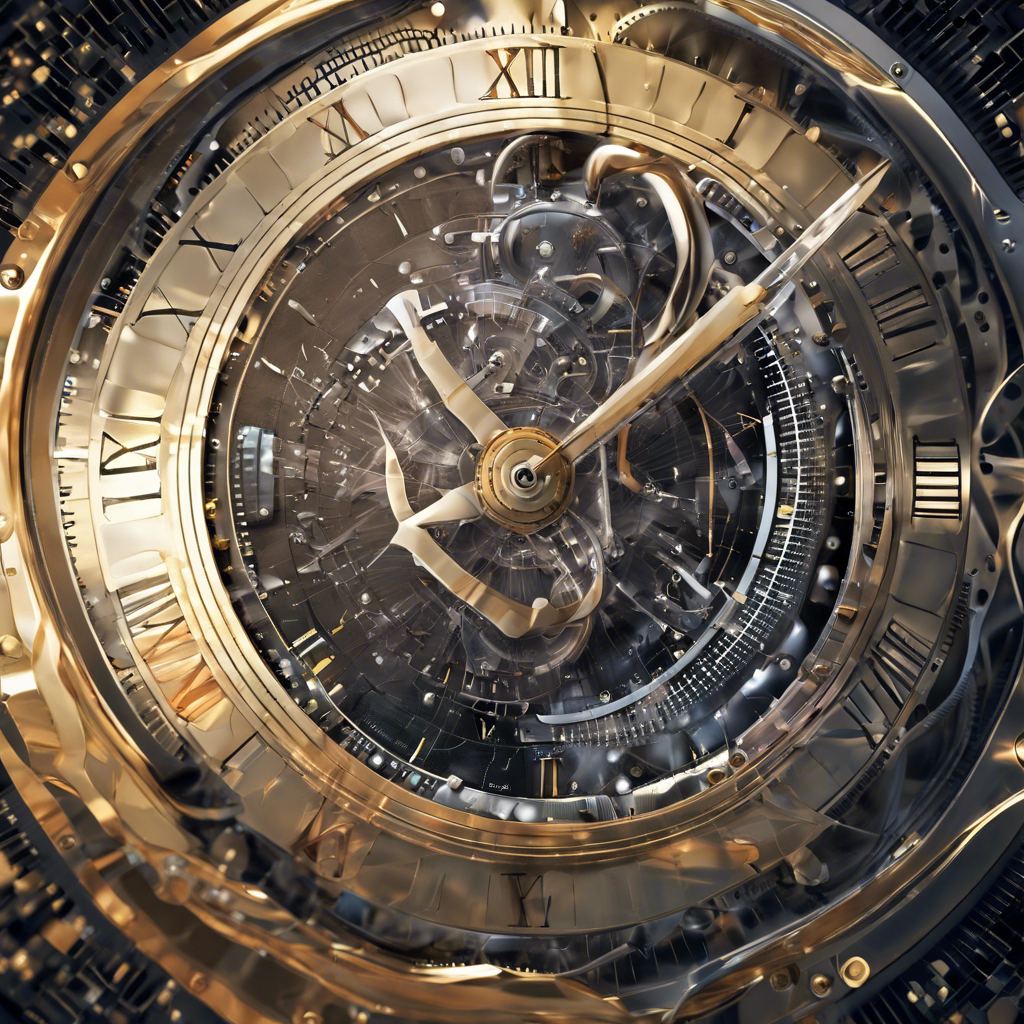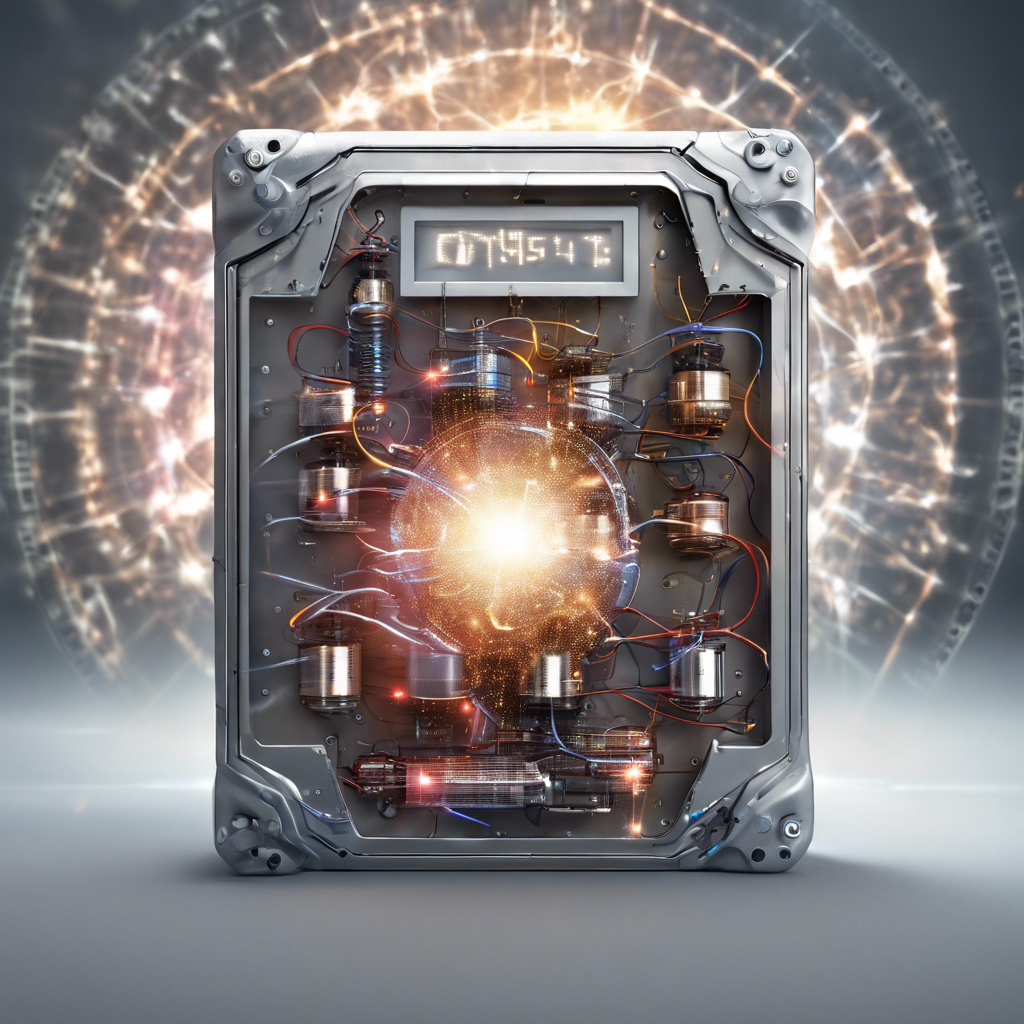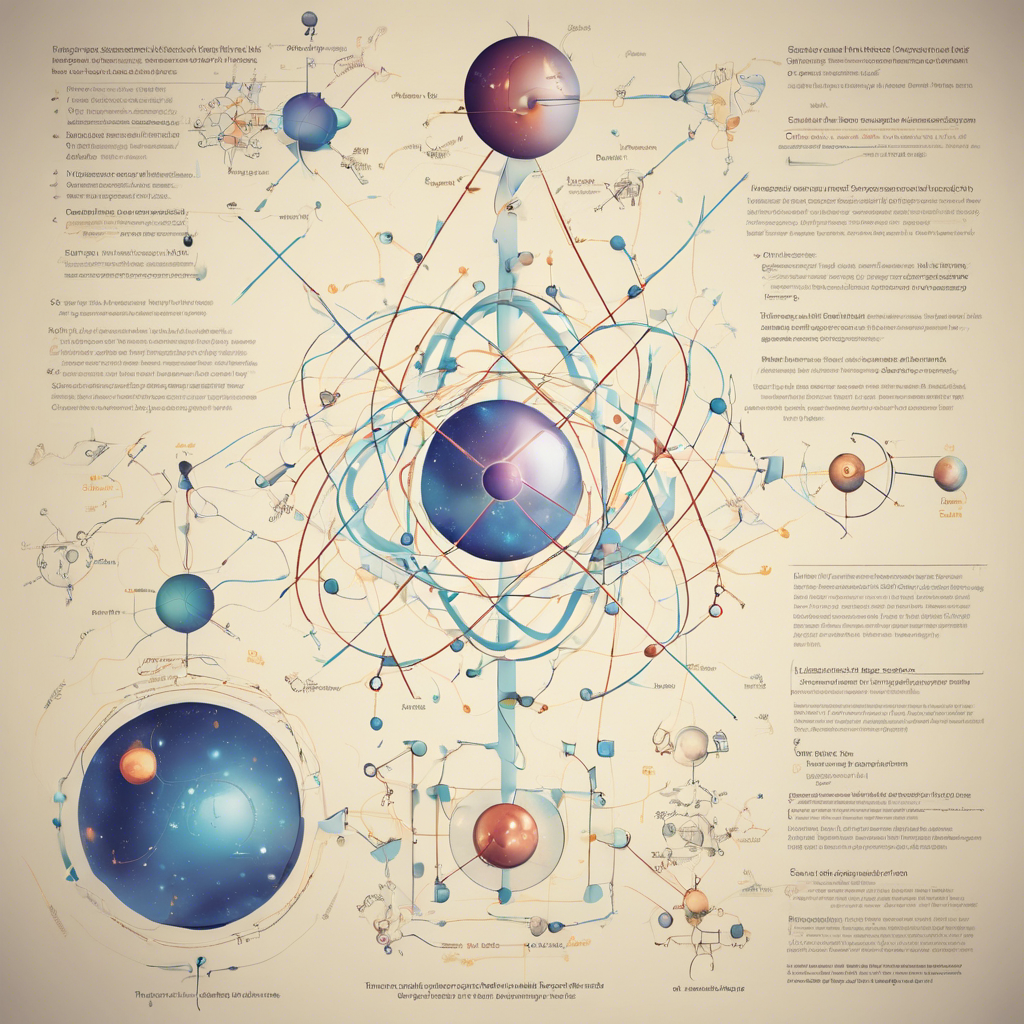MIT researchers discover a way to surpass the quantum limit and improve the stability of clocks, lasers, and other oscillators.
From grandfather clocks to atomic clocks, the precision of timekeeping relies on stable oscillations. However, a recent study by researchers at MIT has revealed that even if all external noise is eliminated, the stability of oscillators would still be limited by quantum mechanical effects. The team also proposes a solution: manipulating quantum states to enhance the stability of oscillators beyond their quantum limit. This breakthrough could have far-reaching implications for technologies such as quantum computers and dark matter detection.
The Quantum Limit of Oscillator Stability
Clocks, lasers, and other oscillators are subject to environmental noise, which affects their stability. While efforts can be made to minimize external disturbances, a new study at MIT shows that quantum noise remains a fundamental limitation. Quantum mechanics dictates that oscillators inherently experience fluctuations, preventing them from achieving perfect stability.
Squeezing Quantum States for Enhanced Stability
The MIT researchers propose a method to overcome the quantum limit by manipulating quantum states. By “squeezing” the states that contribute to quantum noise, the stability of an oscillator can be improved. Quantum squeezing involves minimizing fluctuations in one aspect of a system at the expense of increasing fluctuations in another. This technique has the potential to enhance the precision and timing of oscillations in various types of oscillators.
Laser Precision and Quantum Noise
The team focused their study on lasers, which are optical oscillators that produce synchronized beams of photons. Previous research hypothesized that quantum noise limits the stability of lasers. However, the MIT researchers aimed to simplify the problem and understand the quantum limit for a wide range of oscillators, not just lasers.
Simplifying the Oscillator Model
To simplify the oscillator model, the researchers abstracted the problem to a basic oscillator consisting of an amplifier, a delay line, and a coupler. The team derived equations to describe the behavior of the system and identified the sources of quantum noise: the amplifier and the coupler. This simplified model allows scientists to calculate the quantum limit in their own oscillators.
Overcoming the Quantum Limit
The researchers demonstrated that the quantum limit could be surpassed by squeezing quantum noise in one of the two sources. By squeezing the fluctuations in the coupler, the precision of the outgoing laser beam can be improved, even at the expense of increased noise in the laser’s power. This finding suggests that there is room to manipulate quantum mechanics and push beyond the previously perceived limits of oscillators.
Conclusion:
The MIT study reveals that quantum noise poses a fundamental limitation to the stability of clocks, lasers, and other oscillators. However, by manipulating quantum states through squeezing techniques, it may be possible to enhance oscillator stability beyond the quantum limit. This breakthrough has the potential to revolutionize timekeeping and enable the development of technologies that require ultra-precise measurements, such as quantum computers and dark matter detection. The researchers are now working on experimental tests to validate their theory and pave the way for future advancements in precision timekeeping.











